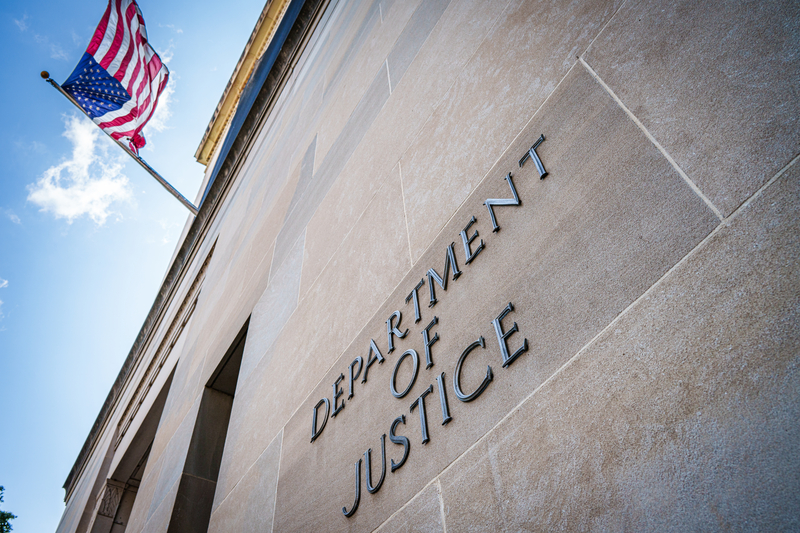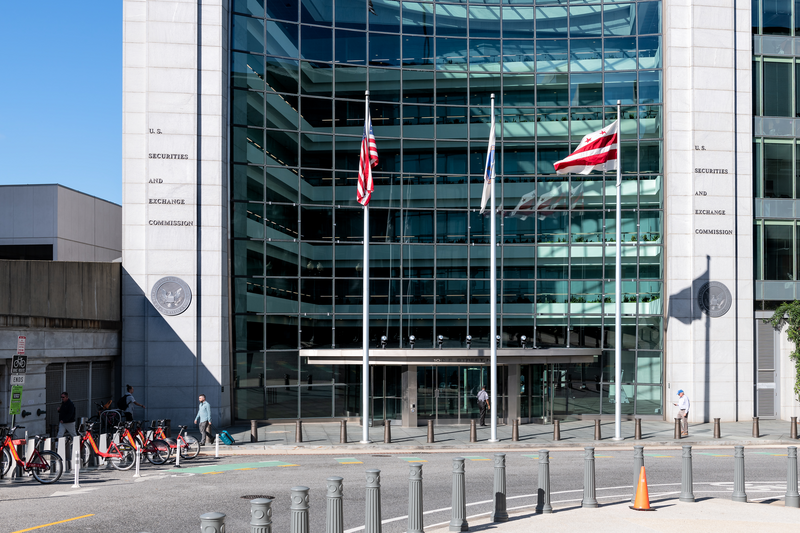Compliance teams across the US are facing a deluge of regulatory change. In the first eight months of this year, Securities and Exchange Commission (SEC) chair Gary Gensler proposed 26 new rules – double the number proposed in 2020 and 2021 combined. This breathless pace of rulemaking is leaving market participants questioning how many of the proposed changes are necessary.
“It’s incredibly ambitious and it contains both practical updates and partisan-leaning wish lists,” says Kurt Gottschall, a partner at Haynes Boone.
Gottschall says practical updates include the proposed changes to Rule 10b5-1 (c) under the Securities Exchange Act of 1934. The current rule allows for corporate executives to set binding plans to sell their company’s shares, assuming they are not in possession of material non-public information. Gensler argues the rule exposes gaps in the SEC’s insider trading enforcement regime, with the proposed changes seeking to tighten areas that are open to potential abuse, for instance by prohibiting certain overlapping trading plans.
By contrast, proposed rules around environmental, social and governance (ESG) disclosures will inevitably be viewed through a partisan lens, says Gottschall.
“Some believe that climate change is a hoax and that ESG investing is a sham,” he says. “Others believe that climate change presents an existential threat, and that ESG investing will accelerate long overdue social change.”
Reach for the stars
Another complaint is that Gensler is overreaching and focusing on headline-grabbing areas at the expense of regulation that needs updating and where there is bipartisan support for change.
“Proxy plumbing is one area that everybody has recognized for years requires attention from the regulator, all sides agree it needs to be fixed, but Gensler is not taking that on and is looking at more voguish topics,” says Joe Hall, a capital markets partner and head of ESG at Davis Polk & Wardwell. “There’s a lot of unneeded rulemaking in the pipeline, and Gensler’s not focusing on the things that people actually do agree need to be done.”
There is a sense of there being no time like now for Gensler to get things done.
Some market watchers are speculating the reason for the scale of reform is that Gensler is angling for Janet Yellen’s job as US Treasury Secretary and is therefore proposing rules that he knows will appeal to certain Senate members who would be in charge of confirming Yellen’s replacement if she was to step down.
Another reason for the rulemaking surge in the opening eight months of the year was the political backdrop, and the prospect of mid-term elections in November shifting the balance of power in Congress and the potential of the White House then changing hands in 2024.
“The way the political construct was in the United States going into the mid-terms, with the party control and having three Democrat commissioners, there was a sense of there being no time like now for him to get the things done he wanted to get done,” says Nick Losurdo, a regulatory partner at Goodwin Procter and former counsel to SEC Commissioner Elad Roisman.
ESG-related headaches
A number of those regulatory reforms are causing organizations compliance headaches. Take the ESG disclosure rules, particularly around ‘scope 3’ emissions, says Gottschall.
“However you feel about ESG, compliance with the public company climate change disclosure rules will present huge data management challenges,” he says. “Many corporate executives and asset managers will see it as being driven by a partisan agenda, as opposed to investor demand for disclosures with that level of detail.”
Regulation may also stifle ESG fund market growth by placing too many reporting obligations on investment firms that want to offer ESG-labeled funds.
“Categorizing ESG funds may have unintended consequences, such as dissuading asset managers from launching ‘ESG-focused’ or ‘ESG-impact’ funds with tougher disclosure requirements,” says Gottschall.
“Compliance staff, particularly at smaller investment advisers, are feeling very overwhelmed at the moment – they’re already stretched thin because they have a day job of maintaining the existing compliance environment at their respective firms and so any time you add a new rule, it just adds to their to-do list.”
Kurt Gottschall, a partner at Haynes Boone
Other rule changes are creating confusion. In October, the SEC adopted its broker-dealer recordkeeping requirements, as part of an effort to modernize rules around how firms preserve electronic communications data. Yet Losurdo says a lot of the fine detail was missing, leaving the rules open to interpretation.
“Those uncertainties might lead firms to say if they don’t know how they can clearly comply with these new requirements, they will just stick to the old way of doing things,” he says. “Often, some of these rulemakings muddy the waters even more than before.”
The volume of rules being proposed by the SEC is adding to an already crowded compliance agenda. Take dual-registered firms and professionals serving retail investors; not only do they have to keep up with the SEC’s changes, they need to comply with rules imposed by other regulators, such as the Financial Industry Regulatory Authority (FINRA), the Department of Labor (DOL), the Financial Crimes Enforcement Network (FinCEN), individual states and the Municipal Securities Rulemaking Board (MSRB).
Compliance under pressure
“There is just so much to contend with,” says Jennifer Szaro, chief compliance officer at XML Securities. “There are certainly rules and regulations that need to be modernized. However, all at once it is a big burden and a challenge. When you have high-impact, sweeping regulations like the SEC’s Reg BI, the DOL’s Prohibited Transaction Exemption 2020-02 and the SEC’s new Marketing Rule, we need to absorb these into day-to-day operations. That takes time, so for firms that are subject to multiple regulators and new regulations, in aggregate, the changes to your operations can be hard to digest for employees.”
Another challenge is finding time to comment on rule changes, with comment periods getting shorter, in some cases as little as 30 days.
“You read about new or revised rule proposals and likely have an opinion when they relate to your firm,” says Szaro. “But most compliance professionals and firm owners simply don’t have the bandwidth to provide comments. The silence from so many firms should be deafening.”
All of this is piling pressure on already stressed out and under-resourced compliance teams.
“Compliance staff, particularly at smaller investment advisers, are feeling very overwhelmed at the moment – they’re already stretched thin because they have a day job of maintaining the existing compliance environment at their respective firms and so any time you add a new rule, it just adds to their to-do list,” says Gottschall.
“There are certainly rules and regulations that need to be modernized. However, all at once it is a big burden and a challenge. “
Jennifer Szaro, chief compliance officer at XML Securities
Others suggest it is not necessarily the volume of rulemaking that is the problem, instead it is the standard of the rulemaking that is causing issues because the SEC’s justification for making the changes often doesn’t stack up.
“They are riddled with holes, and they are often incomplete,” explains Losurdo. “They may have a fully formed idea within the agency, but in a lot of these rulemakings, there are not fully formed explanations. The criticism therefore lies in the quality of what they’re putting out, not the quantity. This is creating potential future problems where these rulemakings may not pass muster under judicial scrutiny if somebody sues the SEC to get them overturned.”
It is not just compliance teams that are feeling exasperated by the volume of change, SEC staffers are also questioning the need to push through so much regulation so quickly.
“I’ve heard a lot of internal criticism about the pace at which the SEC is going about the rulemaking,” says Losurdo. “The SEC is still predominantly working remotely. When you don’t get to actually sit in the same room and talk things through with your colleagues, there’s something to be said about the combination of issues with the really intense pace that is not only contributing to some of the wider industry challenge but also potentially some of the criticism from within.”













